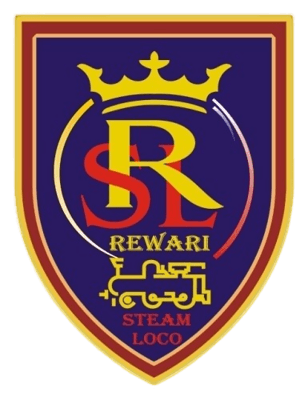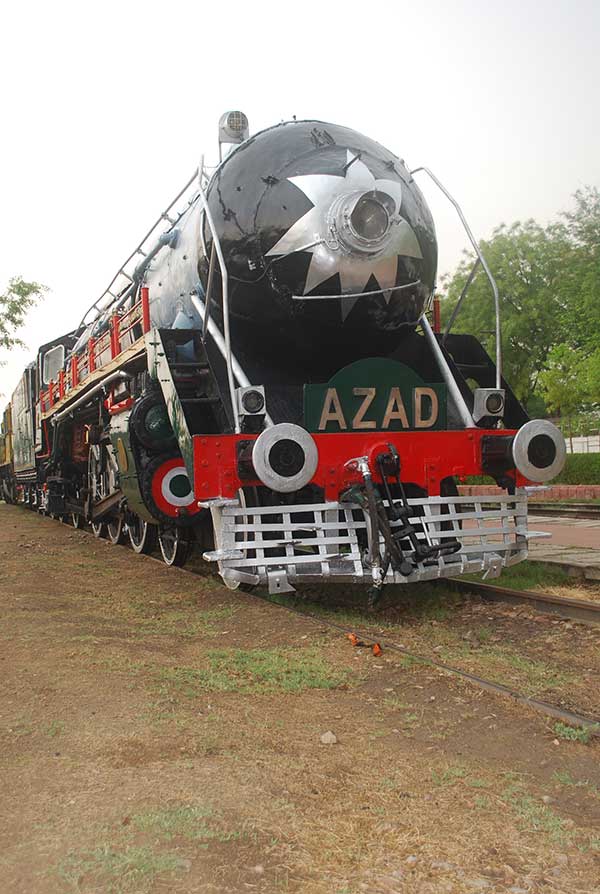
Easily recognized by the cone-shaped bulging nose with (usually) a silver star painted on it, this locomotive became theoften seen face of passenger locomotives on Indian Railways post independence. The Indian Railways was faced with a severe shortage of Locomotives due to scarce supplies from UK duringthe second world war, This was coupled with the unhappy past experiences with the IRS class of locomotives looming large,Thus, for the first time the Government of India looked towards the "new world' for locomotive supplies. An order for 100 prototype WPs was initiated which was later restricted to a mere 16 engines, on a scale of two for each major broad gauge route.Baldwin Locomotive Works (BLW), Philadelphia was awarded the task of building these first sixteen prototype WP class locomotives. These were numbered from 7200 to 7215 and went to Great Indian Peninsular Railway, Bombay Baroda & Central India Railway and the East Indian Railway. The initial locos were coded WP/ P, the extra P indicating the prototype status. These engines soon earned the reputation for free steaming, fuel economy and good riding characteristics. There was also none of the ‘tail wag' experienced with these engines that was so characteristic of the XC class.
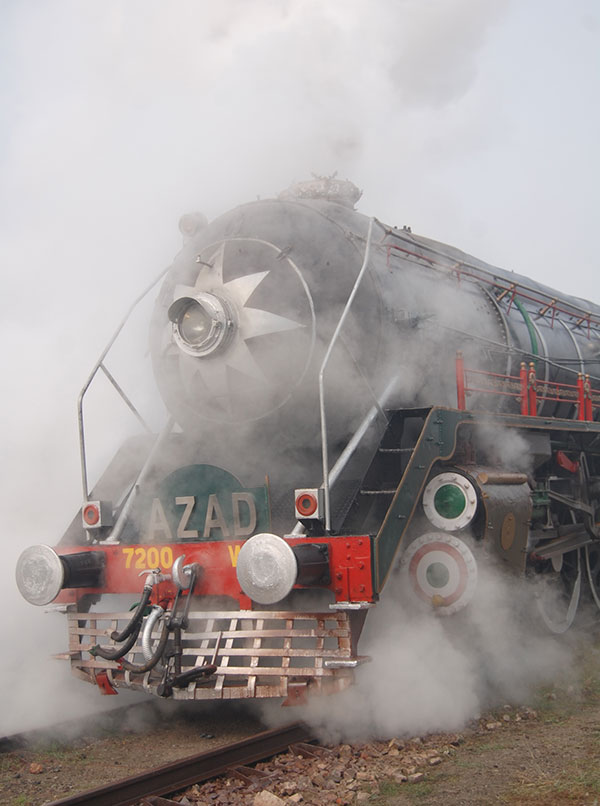
On establishing their success; further orders for WP locomotives went to Baldwin, Canadian Locomotive Company(CLC) and Montreal Locomotive Works (MLW) who shared the manufacturing of next 300 WP engines. These engines were numbered from 7216 to 751 5 in order of the Railways to which they were allotted. A further 120 engines were ordered from CLC in 1955-56 and 60 more engines came from Poland and Austria between 1957-59. Thus, within a decade of their initiation, India had close to 500 WPs steaming on its BG routes. This class of loco was in production for 20 years from 1947 to 1967 and 755 of these machines were built in 5 countries, spread over Europe, America and Asia.
This Pacific class of broad gauge loco marked the change thecoding from 'X' to "W' for broad gauge locos . It was capable ofdoing up to 110km/h and remained Indian Railways cracklocomotive for many years. WP's were designed specifically forlow-calorie, high-ash Indian coal and its ease of handling madeit a hot favorite amongst Loco drivers. Several WP's remained inservice until the late 1980s. Early prototypes from Baldwin werelabeled WP/P, The Indian versions manufactured at CLW after1965 were labeled WP/1.
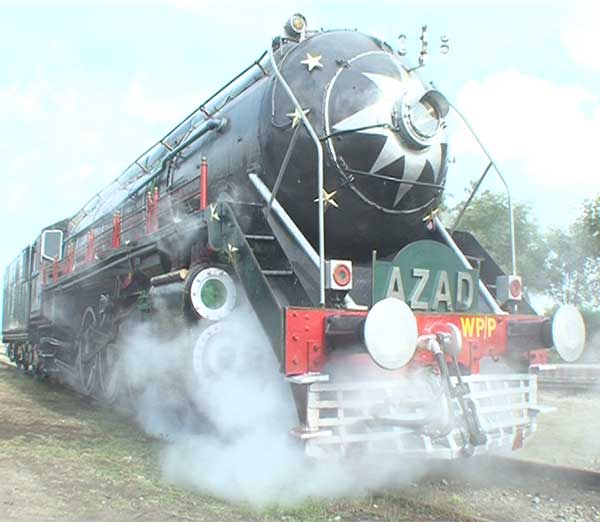
Rewari shed homes the WP 7200 and WP 7161, the former is from the first lot of prototypes that were handed over to IR by US in 1947. This locomotive was a part of the Central Railway system (GIPR) and was homed at the Manmad shed, it was transferred to Northern Railway in the mid 1980s. On the Northern Railway System it was homed at Moradabad shed and was later shifted to the Saharanpur shed, from where it retired from active service. WP 7200 was the first WP class of engine that was handed over to IR on the 15th of August 1947, India's Independence Day, in USA, though the engines physically arrived on the Indian shores in Oct'47. This adds to the historic importance of this locomotive, with this in mind, this locomotive previously called Shahenshah (emperor), has now been re-christened as 'AZAD", meaning ‘free’ in Hindi.
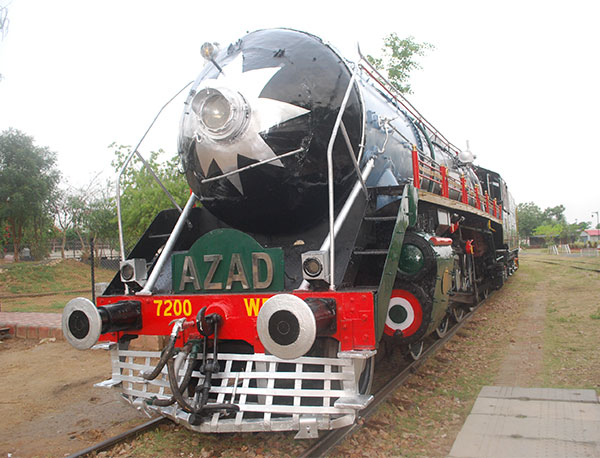
WP 7161 is a Chittranjan Locomotive Works (CLW) built engine, inducted into active service in 1965, this locomotive was homed at Saharanpur shed and gave distinguished service to IR before being phased out from active service. This Locomotive is called 'AKBAR’, after the great Mughal Emperor.
Both these Locomotives are a prized possession of Rewari Steam Loco shed. We celebrate the return of these two glorious Steam Engines back on steam.
| Technical Details | |
|---|---|
| Valve Gear | Walschaert's |
| Cylinders (Dia. X Stroke) in inches | Outside 20 ¼ x 28 |
| Boiler Barrel (length between tube plates) x Dia. | 15’10 5/8" x 6’3 3/8 |
| Total Heating Surface (Tubes + Fire Box) | 2901 sq. ft. |
| Boiler Pressure | 210 Ib/sq.in. |
| Tractive Effort at 75% of Boiler Pressure | 30600 Ibs. |
| Grate Area | 46 Sq. ft. |
| Makers | Canadian Locomotive Co., Baldwin Loco. Wks, Wiener Locomotivfabrik, Chittranjan Locomotive Works. |
| Manufacture Year | 1947-1967 |
| Usage | Passenger Trains |
